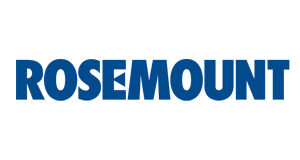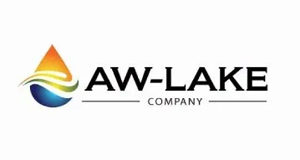FLOW TRANSMITTERS
Axial turbine flow meters are designed with wear resistant internal components to provide trouble-free operation and a long service life. Fluid entering the flow meter is first conditioned by the inlet flow straightener which reduces turbulence in the fluid. The moving fluid causes the rotor to spin at a speed that is proportional to its flow rate. As the turbine blades on the rotor pass through the magnetic field of the pickup, an electronic pulse is generated. This pulse train signal can then be used to monitor the fluid’s actual flow rate or the total amount of fluid that has passed through the flow meter. The number of electronic pulses generated by the meter, per unit volume, is known as its K-Factor.
Coriolis flow meters are incredibly reliable. They measure quantity with absolute certainty and their measurements are not affected by changing fluid properties including viscosity, density, temperature, and pressure. Other flow meter technologies including traditional volumetric meters require a density compensation correction system to adjust the actual measured volume flows. This adds uncertainty to the measurement. Coriolis flow meters eliminate the complication of inaccuracy and saves costs by directly measuring the mass flow of applications. This eliminates the need for density compensation. Lessening the needed for compensations for flow measurement helps your process reduce the chances of error and irregularity.
Ultrasonic flow meters are inferential meters that uses ultrasonic technology to measure the velocity of an acoustically conductive liquid moving through it. There are two types of ultrasonic flow meter technologies: Doppler shift and transit-time. Transit-time measures the time differential between signals sent upstream and downstream. The differential is directly proportional to the velocity of the water. Transit-time meters are best used for measuring the flow of clean liquids and, as a result, are the most popular type of ultrasonic meter. Doppler shift measures the difference in frequency of the sound wave reflected off gas bubbles or particles in the flow stream and is suitable for aerated or dirty liquids.
Vortex flow meters are suitable for measuring steam as well as a variety of liquids and gases. As fluid moves across a vortex meter shedder bar, vortices form. The frequency of the vortices shedding is proportional to the fluid velocity.




